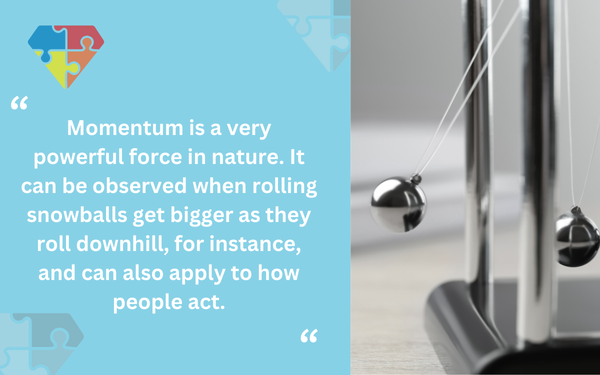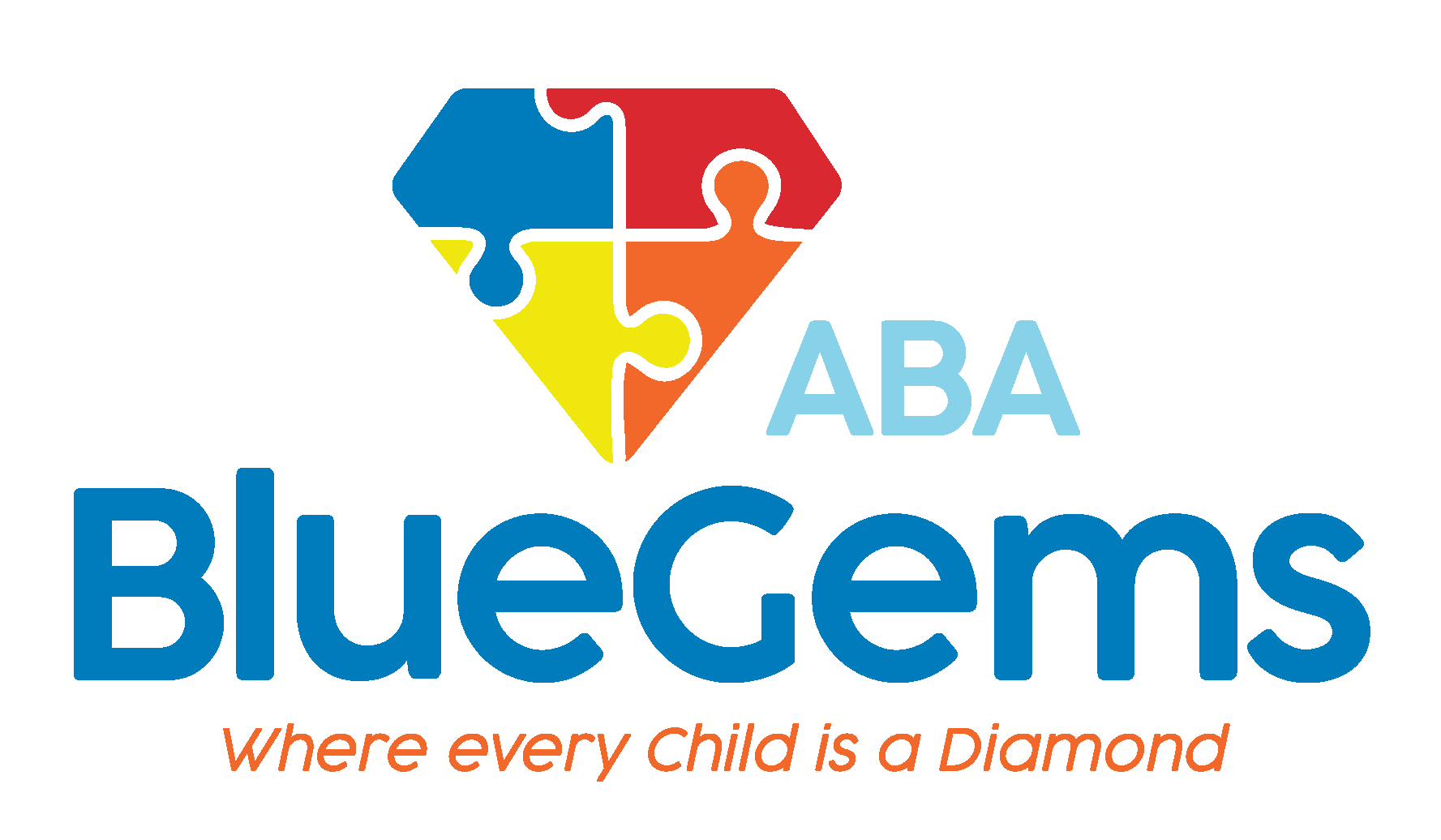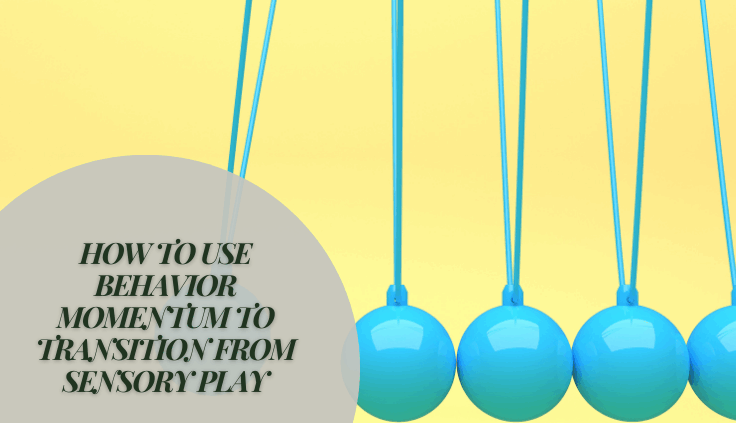How to Use Behavior Momentum to Transition from Sensory Play
Transitions from one activity to the next can be very challenging for children with autism spectrum (disorder). This is especially true if you’re trying to transition away from a preferred activity to a non-preferred one, or if the transition is not part of the child’s typical routine.
Through applied behavior analysis (ABA therapy), children can learn how to manage their emotions and behaviors in a more effective way when transitioning from one activity to the next.
While ABA therapists will have several techniques, strategies and tools at their disposal to support their patients, one they will rely on a lot is called behavior momentum.
In this article, we’ll describe what behavior momentum is and how it can be used in ABA therapy to help children with autism transition from sensory play to other activities.
Table Of Contents
What is Behavior Momentum?
Momentum is a very powerful force in nature. It can be observed when rolling snowballs get bigger as they roll downhill, for instance, and can also apply to how people act.

Behavior momentum is a strategy that takes advantage of that power, with the goal being to reduce a child’s resistance to certain things and in the process increase their compliance.
In ABA therapy, there are two components of behavior momentum — HP and LP requests, also known as high-probability and low-probability requests.
In essence, HP requests are instructions that children are very likely to follow, either because they’re easy or they find them enjoyable. LP requests are the opposite: Children often resist these instructions, possibly because they are challenging to complete or because they just don’t like to do them.
Over time through ABA therapy sessions and observations, therapists will learn what instructions or tasks are HP and which are LP for each patient, and will incorporate various strategies to create momentum.
How is Behavior Momentum Used in ABA Therapy?
ABA therapists can help create momentum by helping their patients build confidence in themselves. This is done by first presenting multiple HP requests that the patient is likely to comply with, and then following that up with one LP request that they would likely struggle with.
What this structure does is improve the likelihood that the patient will complete the LP request — something that they may not have done if the LP request was presented on its own.
So, how does this apply to the topic of this article, which is transitions from sensory play?
In this regard, the therapist could start with multiple HP requests to build that momentum. Examples could include asking the child to touch their nose, stand up, clap their hands and anything else they know the child can complete successfully.
Then, the therapist might follow that with a request they might have trouble with as it relates to transitioning away from preferred activities. This could be asking them to walk to the other room or go to a table.
Those latter LP requests might be challenging to the child, since they’ll be leaving behind preferred activities and transitioning to something they either don’t prefer or aren’t familiar with.
Why Does Behavior Momentum Work in ABA Therapy?
The idea behind behavior momentum is that the child will more likely complete the LP requests after they’ve successfully completed the HP requests because they are more motivated to do so.
Behavior momentum has been shown to increase compliance with requests, since it creates an environment that’s both positive as well as reinforcing. This encourages the child to cooperate with future requests.
By increasing a child’s confidence and motivation, it leads to better learning. When patients are receptive to learning new information, they’re better able to acquire new skills.
In the process of doing so, challenging behaviors are reduced during transitions as well. Every time the child completes an HP request and is rewarded for doing so, they become less frustrated, which in turns leads them to exhibiting fewer challenging behaviors such as aggressiveness and tantrums.
Ultimately, behavior momentum helps pave the wave for skills generalization. This means children are able to take the skills they’ve learned during ABA therapy sessions and generalize them to different situations and settings.
Blue Gems ABA Integrates Behavior Momentum into Teaching Transitions
Transitions from sensory play can be very challenging to children with ASD. They might exhibit disruptive or negative behaviors when they have to transition from a preferred activity to a non-preferred one.
By using behavior momentum, Blue Gems ABA therapists can help children manage those transitions better. The strategy leads to better compliance, reduced negative behaviors and skills generalization.
To learn more, please contact us today.




